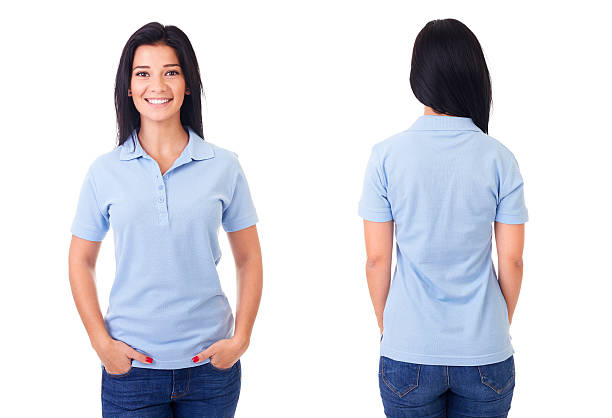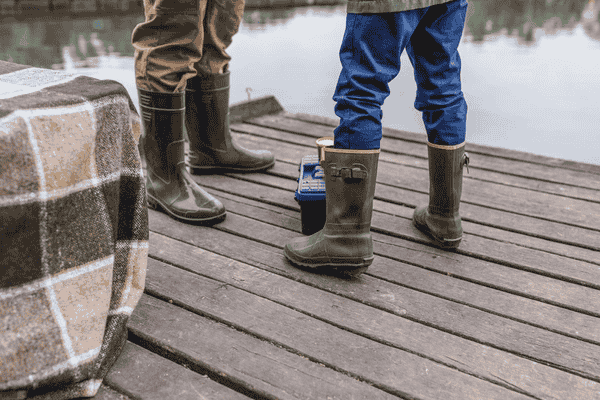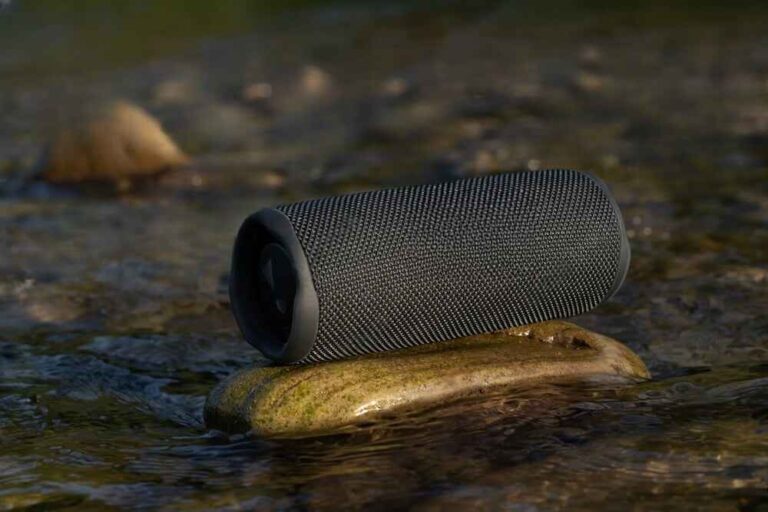Best Cycling Helmets: Top Picks for Every Rider and Budget

Hey there, fellow rider! Whether you’re training for your next gran fondo, commuting through city traffic, hitting rocky singletrack, or just enjoying family bike rides, there’s one piece of cycling gear that never goes out of style…and that’s a quality helmet.
Think of it this way: helmet = peace of mind. It’s the single piece of gear that protects your most precious asset…your brain. This guide dives deep into helmet types, features that matter, and…yes!, our top picks (all rigorously tested and personally vetted). We’ll help you make an informed choice that balances safety, comfort, style, and budget.
Types of Cycling Helmets
Different cycling disciplines demand different helmet characteristics. Here’s a breakdown:
Road Bike Helmets
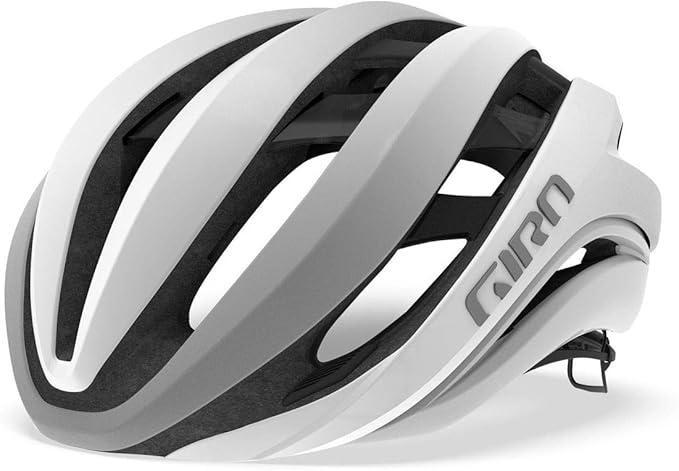
- Design: Lightweight, highly ventilated, sleek.
- Purpose: Maximize airflow and reduce drag.
- Best For: Road racers, fitness cyclists, sportive riders.
- Pro Tip: Look for helmets with integrated MIPS or similar tech. They add a layer of rotational impact protection without weighing you down.
Recommended: Check out the Giro Aether Spherical for top-tier safety and style.
Mountain Bike (MTB) Helmets
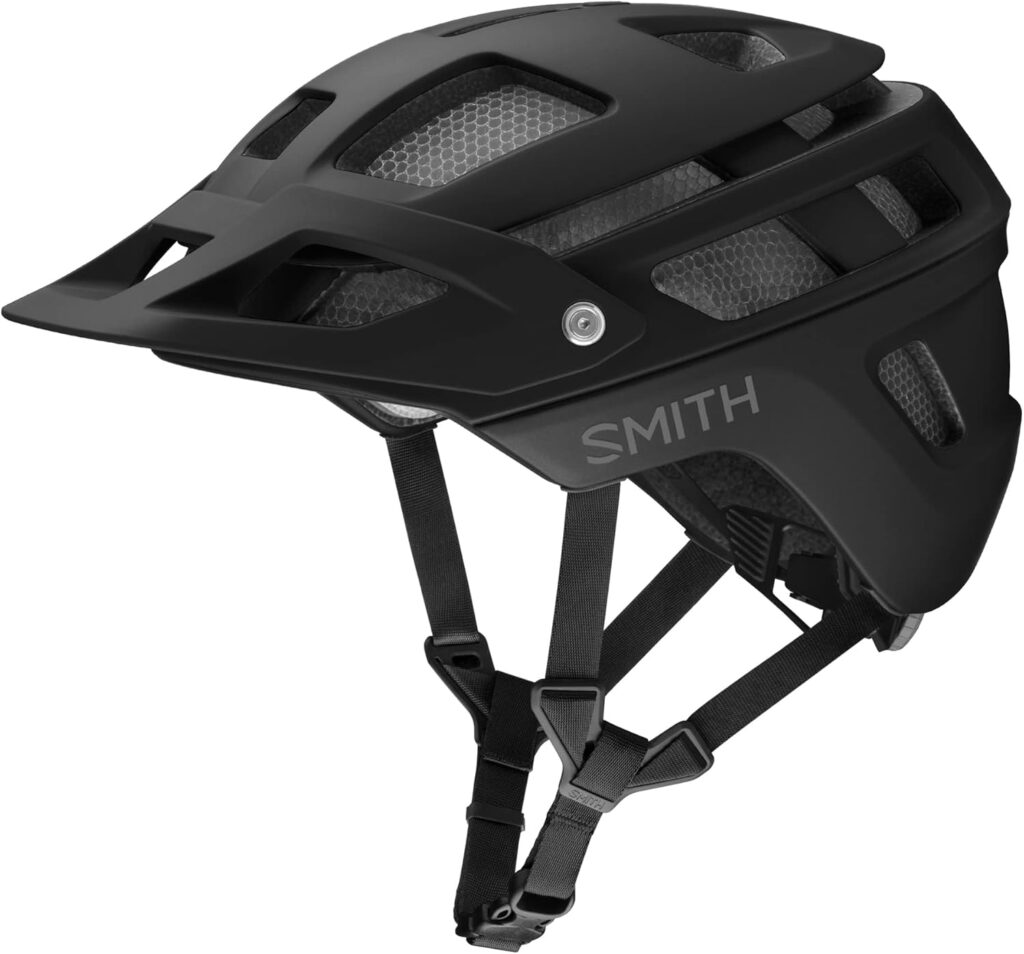
- Design: More coverage around the back of the head, tougher shell.
- Purpose: Better impact protection against roots, branches, and rocky terrain.
- Best For: Trail riders, enduro racers, downhillers.
- Pro Tip: Go for a model with a visor and compatibility with goggles. This can be a game-changer in bright or muddy conditions.
Recommended: The Smith Forefront 2 offers extended rear coverage and excellent ventilation.
Commuter / Urban Helmets
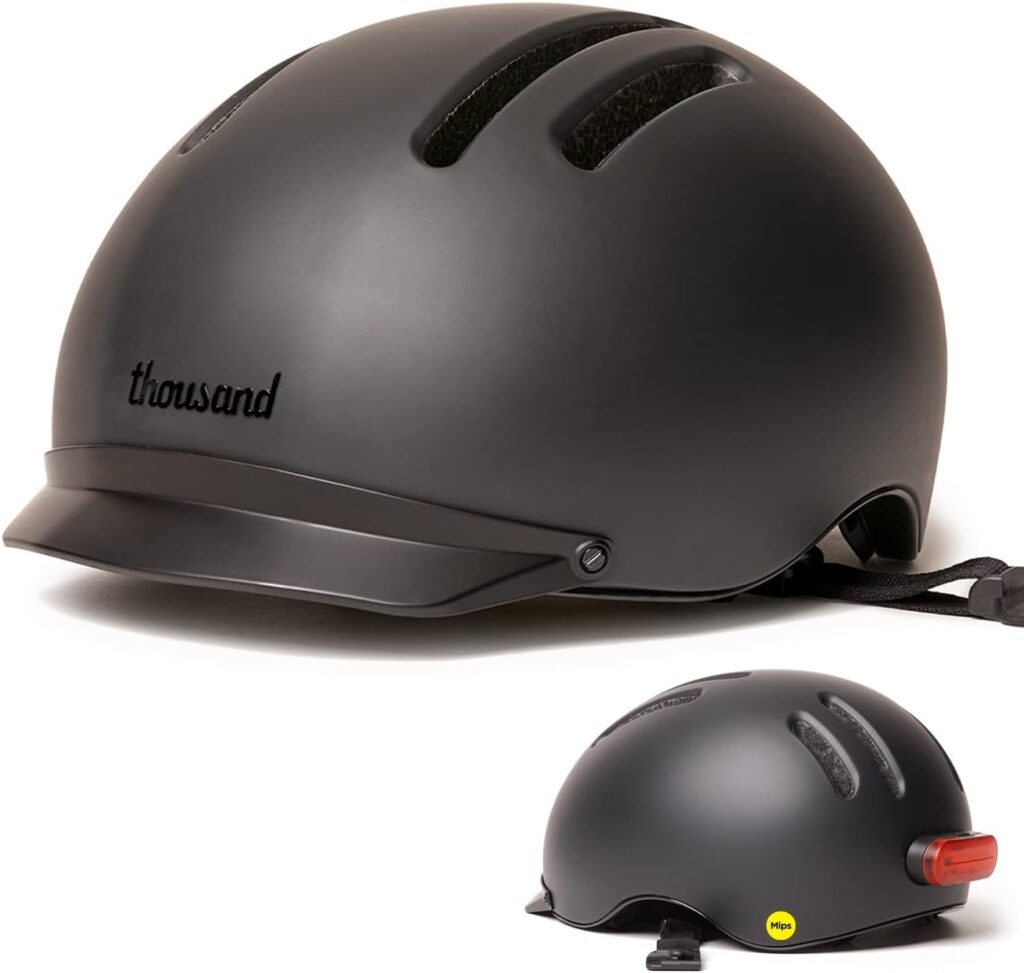
- Design: Rounded, minimal vents, emphasis on style and visibility.
- Purpose: Everyday wear with built-in lights or reflective features.
- Best For: City riders, bike-to-work commuters.
- Pro Tip: A helmet with a built-in LED rear light adds safety at no extra cost.
Recommended: The Thousand Chapter MIPS combines style with safety features.
Full-Face Helmets (for Downhill / MTB)

- Design: Full chin bar, more substantial padding.
- Purpose: Maximum protection in high-speed and technical conditions.
- Best For: Downhill racers, gravity mountain bikers, BMX riders.
- Pro Tip: Comfort matters. Make sure jawline pads and airflow are well-balanced.
Recommended: Look into the Bell Super DH for serious downhill protection.
Aero Helmets (Racing / Triathlons)

- Design: Smooth, low-drag shells, minimal ventilation.
- Purpose: Reduce aerodynamic drag for serious racers.
- Best For: Triathletes, time-trialists, speed-focused riders.
- Pro Tip: Integrate hydration/tube systems carefully; some helmets are triathlon-optimized with storage for gels.
Recommended: Consider the POC Ventral Air for top performance.
Key Features to Consider Before Buying
Choosing the right helmet isn’t just about how it looks. Focus on these fundamentals:
Safety Certifications
- CPSC (USA), EN 1078 (EU): Basic safety standards.
- ASTM (specialized impact testing).
- MIPS, SPIN, WaveCel, BOA, Spherical: Advanced tech to reduce rotational forces.
- Tip: More technology generally means safer but also more cost. Weigh your needs (commuting vs. race vs. trail).
Fit & Comfort
- Adjustable dial systems like BOA or Roc Loc ensure a snug fit.
- Check sizing charts, measure your head circumference.
- Look for plush hydrophobic padding (sweat-wicking helps on long rides).
Ventilation
- Road helmets prioritize airflow; full-face ones balance airflow with protection.
- Hot climates = more vents. Cold climates = fewer vents or optional ear covers.
Weight
- Lighter helmets (<250g) are great for endurance, training, hot weather.
- Heavier models often offer better protection or added features like built-in light.
Aerodynamics
- Aero helmets can save seconds but offer moderate airflow.
- Saving time vs. suffering in heat? Choose wisely based on discipline.
Style & Visibility
- Bright colors, reflective decals, integrated LEDs. Always opt for high visibility.
- Even premium helmets can compromise safety if painted matte black only.
Price vs. Value
- Entry-level: $40–$70, compliant but basic.
- Mid-range: $100–$200, with added comfort, ventilation, and tech.
- Premium: $250+, top-of-the-line protection, lightweight, top-brand cachet.
Compatibility with Accessories
- Look for helmets with mounts for GoPro cameras.
- Visor or detachable peak for MTB/commuter helmets.
- Mounts for lights or reflective panels.
Best Cycling Helmets – Reviewed
Here are our top picks, neatly categorized so you can find your perfect match.
a) Best Overall: Giro Aether Spherical

Overview: Combines patent-pending Spherical tech (think MIPS on steroids) with sculpted ventilation and style. Superb all-rounder.
- Best for: All-round road and gravel riders who want high-end safety and sleek design.
- Pros: Spherical rotational protection, excellent airflow, premium fit system.
- Cons: Pricey; limited color options.
- Link: Check price Here.
b) Best Road Bike: POC Ventral Air MIPS
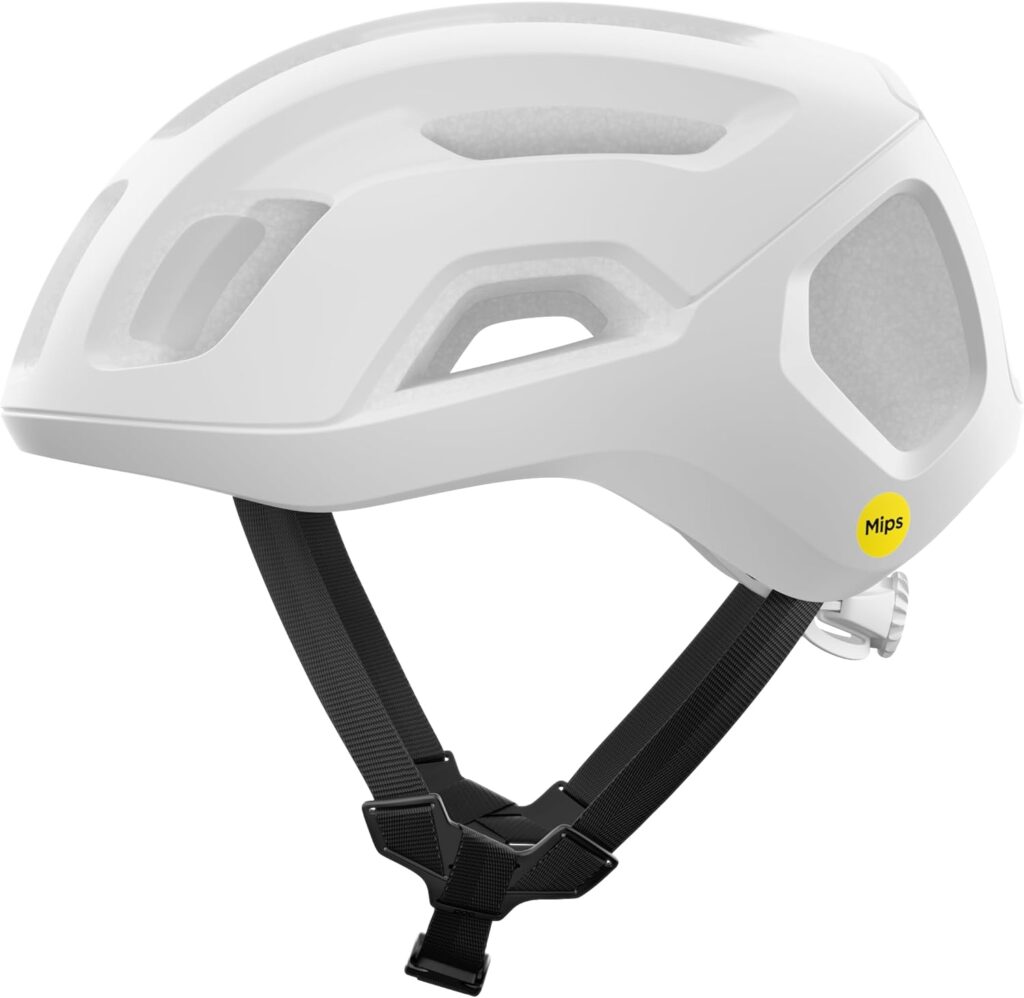
Overview: Great ventilation, lightweight, and built-in MIPS in a well-rounded design.
- Best for: Road cyclists chasing performance with top-tier cooling.
- Pros: Cool, light, aerodynamic.
- Cons: Less coverage at the rear; higher price tag.
c) Best Mountain Bike: Smith Forefront 2
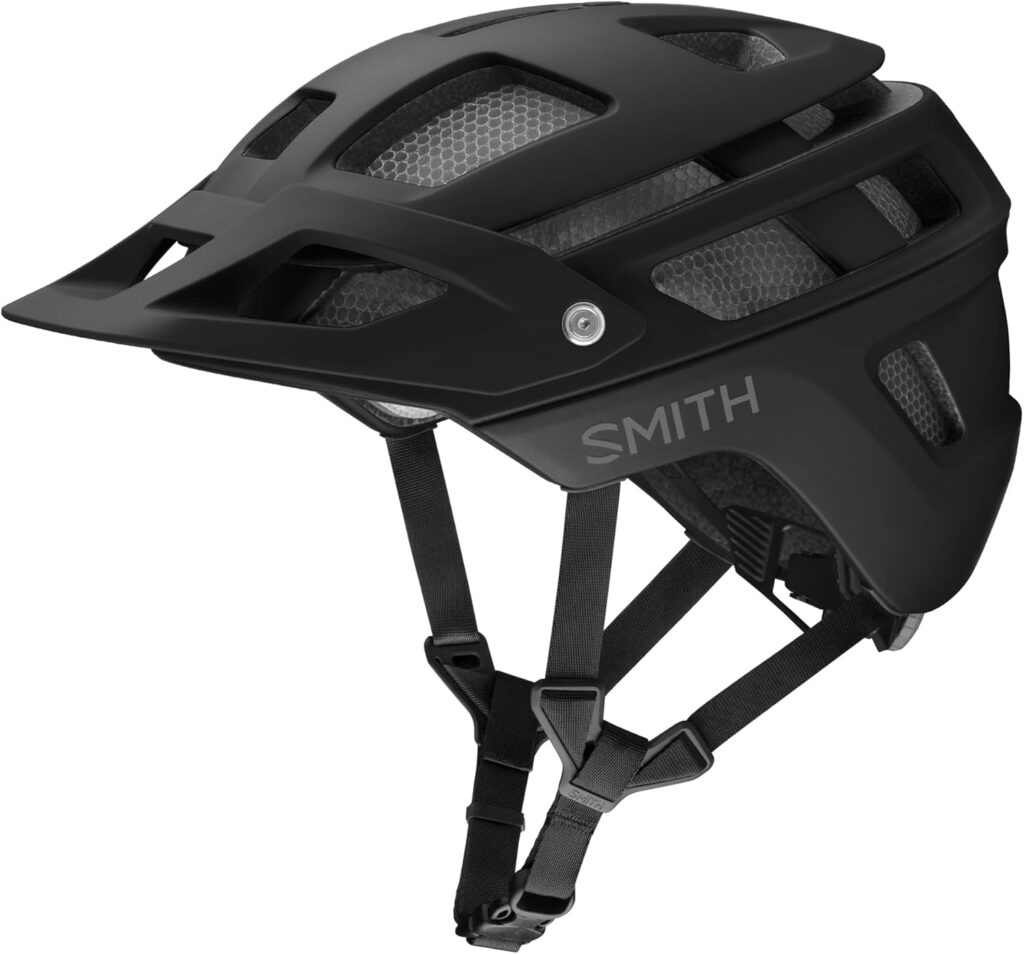
Overview: Extended rear protection, AirEvac ventilation compatible with goggles, Koroyd “honeycomb” structure.
- Best for: Aggressive trail and enduro riders.
- Pros: Integrated visor, excellent rear coverage.
- Cons: Slightly heavy compared to stripped-down trail helmets.
d) Best Commuter Helmet: Thousand Chapter MIPS
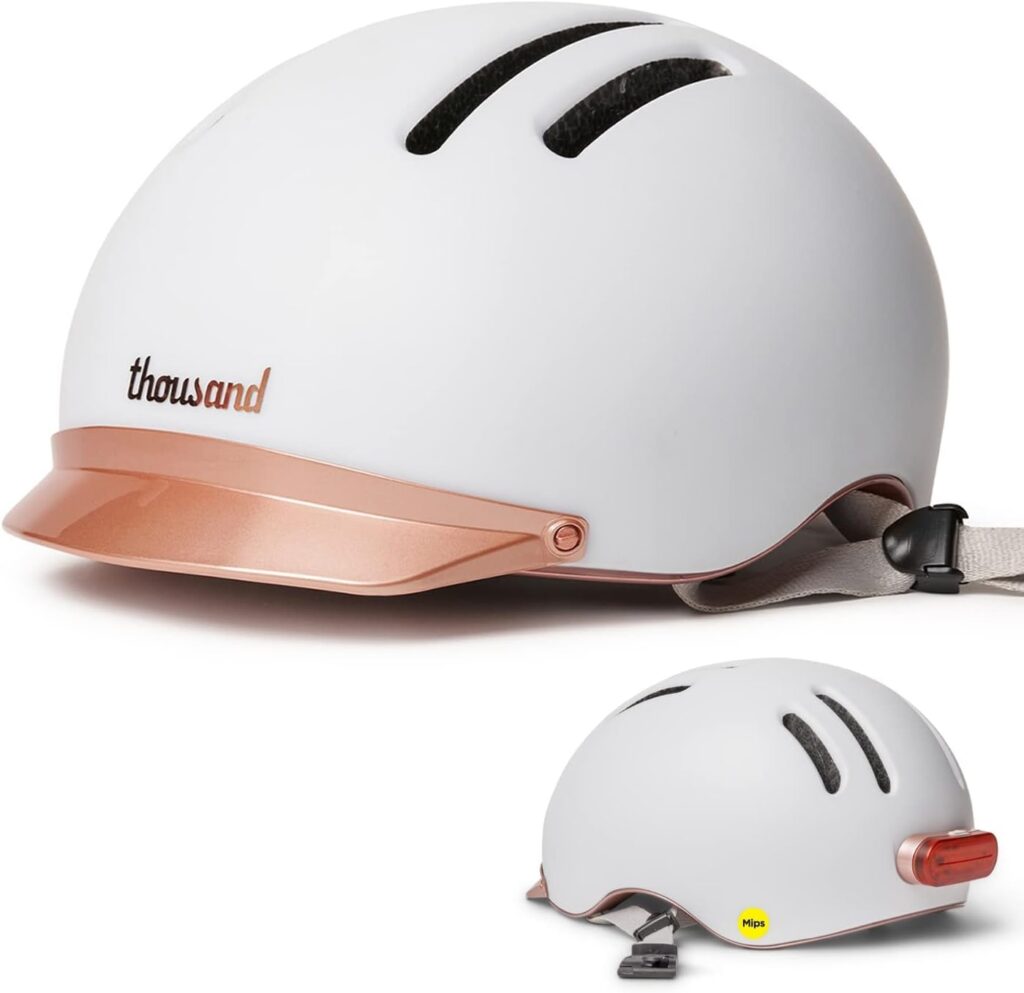
Overview: Vintage-inspired look, built-in pop-lock, LED rear light, urban aesthetics.
- Best for: City dwellers who bike beyond dawn and dusk.
- Pros: Fashion-forward, secure lock, LED+reflectivity.
- Cons: Minimal ventilation. Not ideal for hot rides.
e) Best Budget Helmet: Bontrager Solstice MIPS
Overview: Solid entry-level helmet with optional MIPS, decent vents, trusted brand reliability.
- Best for: Budget-focused riders who still want good protection.
- Pros: Affordable, dependable, available in multiple sizes.
- Cons: Moderate ventilation and styling.
f) Best Premium/Pro Helmet: Specialized S-Works Prevail 3
Overview: Turned heads on grand tours, premium airflow, ANGi sensor-compatible.
- Best for: Pros, serious gravel grinders, heat-prone endurance athletes.
- Pros: Lightest in class, high airflow, crash-sensing.
- Cons: Very high price.
g) Best Helmet for Kids: Woom Kids Helmet

Overview: Rounded child-friendly design, sleek shell, inspired by adult styles.
- Best for: Young riders 2–12 years old.
- Pros: Cute, safe, fun colorway.
- Cons: Not adjustable for much older kids. Sizing is key as they grow.
h) Best MIPS Safety Helmet: Bell Z20 MIPS
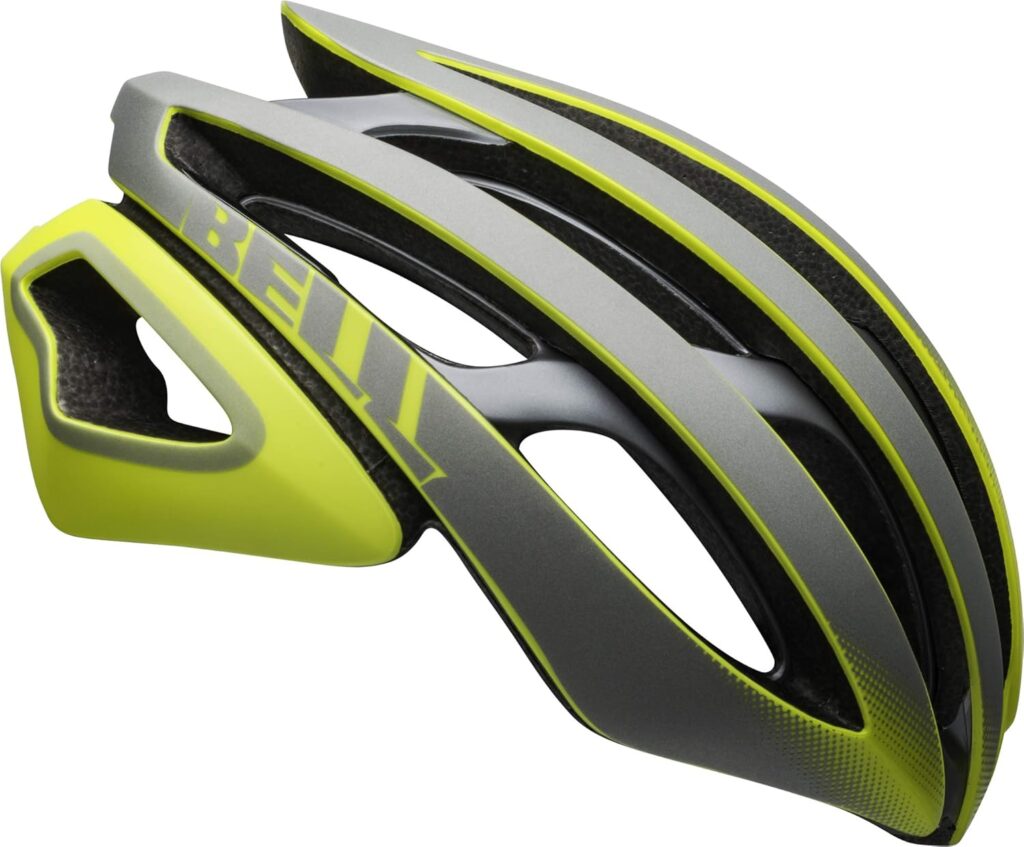
Overview: Classic Bell look meets MIPS liner, integrated LED mounting, excellent fit control.
- Best for: Riders prioritizing safety tech without sacrificing aesthetics.
- Pros: Sleek, smart MIPS fit, smartphone-adjustable dial.
- Cons: Some report minor vent turbulence noise.
Top Helmet Brands to Know
A pinch of brand background can guide your loyalty and yes, your buying decision.
- Giro – Known for well-rounded helmets blending performance, safety, and comfort. Innovations like Spherical.
- Bell – Long-standing US brand with consistent safety, sizing options, MIPS models at mid-high price points.
- POC – Scandinavian approach: minimalist, vibrant colors, robust safety in road and MTB.
- Smith – Strong reputation in MTB community. Look for Koroyd honeycomb and advanced ventilation.
- Specialized – A pro-level, data-driven brand offering race-grade and sensor-integrated helmets.
- Kask – Italian elegance meets aerodynamic performance, used in pro teams like Ineos.
- Bontrager – Trek-backed reliability, lots of options for every budget.
- Thousand – Urban-chic commuter brand with standout retro design and comfort features.
- MET, Lazer – European brands offering solid value, often working with pro teams and leagues.
How to Choose the Right Helmet for You
Let’s bring it all together:
- Know your discipline: Road? MTB? Urban? Downhill?
- Prioritize safety tech: MIPS, spherical, Koroyd, ANGi. Choose what’s most relevant.
- Check the fit: Measure, adjust, and test before committing. Size up or down as needed.
- Ventilation & weight: Hot roads demand light vents; cold commuters prefer warmth.
- Extras matter: Visors, lights, goggle integration. Choose based on your rides.
- Set your budget and know that comfort/fit > flashiness.
- Look at brand warranty & replacement policies especially when investing in pricey lids.
Final Thoughts
No matter your ride style or experience level, a helmet is your cyborg-grade life insurance. Soft on the outside, but packed with engineering and safety genius on the inside.
From sleek aero shells to tough full-face guards, this guide has shown what sets the best apart…whether you’re seeking crash protection, lightweight speed, or just a comfortable daily ride.
TL;DR:
- Match helmet type to riding discipline.
- Prioritize fit and safety features over fashion.
- Pick a reputable brand with good support and promises to replace after impacts.
Ride safe, ride strong and don’t be shy to invest in your helmet. After all, it’s one of the smartest bike accessories you’ll ever own.
If you’d like a curated buying guide or want alerts when helmets go on sale, drop your email below! Happy riding!
Related: Best Balance Boards
* Voyedy may receive compensation for purchases made at participating retailers linked on this site. This compensation does not affect the products displayed or their order. Learn more here.
✈️ Got Travel Questions or Tips?
Join r/NextDestination — the community where travelers swap advice, share hidden gems, and help each other plan unforgettable trips.
- 📍 Ask real questions & get real answers
- 🌍 Share firsthand travel stories & tips
- 🧳 Help others and get help planning your next destination
I personally respond to questions from my blog posts there — come say hi!
Join the Community
